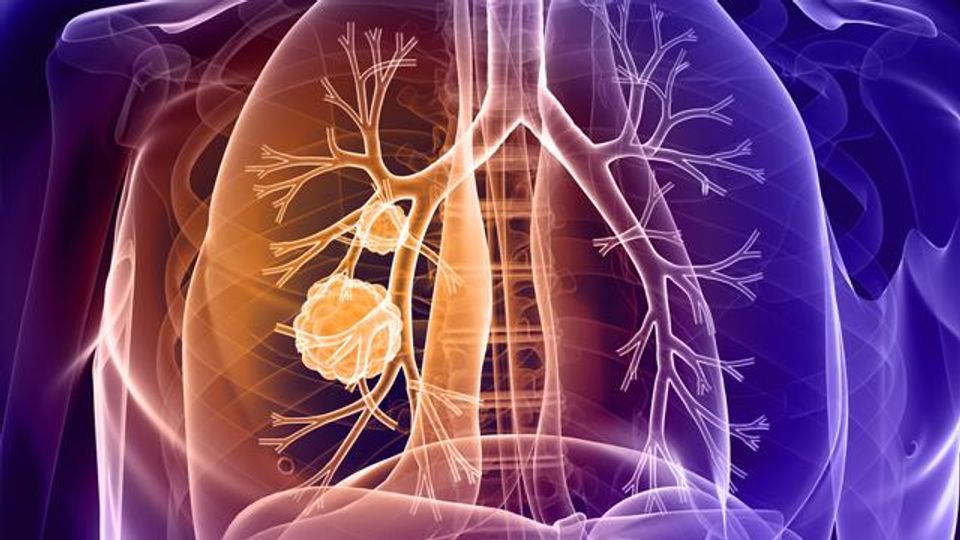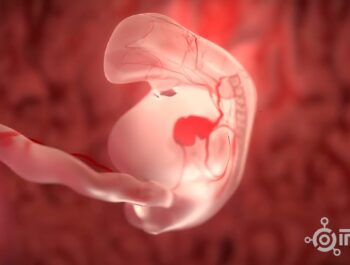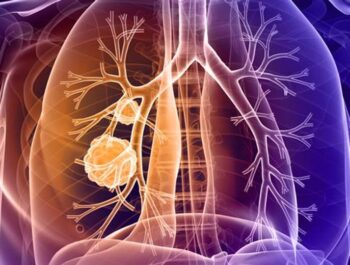
Lung cancer
4min ReadLung cancer is one of the most common and destructive types of cancer worldwide. In most cases, this cancer originates from the air tubes in the lungs called bronchi or from the air sacs in the lungs called alveoli. Lung cancer first starts in the lungs itself and then spreads to nearby areas such as lymph nodes. Undoubtedly, smoking is the cause of most cases of lung cancer. Cigarette smoke is full of carcinogens and the contact of cigarette smoke with the cells lining the airways and air sacs chronically over the years causes this cancer.
Symptoms
Unfortunately, the symptoms of lung cancer are silent in the early stages, and the affected person usually does not go to the doctor because he does not have any specific symptoms. Symptoms usually appear after the disease has progressed. These symptoms include:
- Persistent cough: persistent or worsening cough that lasts for several weeks.
- Shortness of breath: difficulty breathing or shortness of breath, even with minimal effort.
- Chest pain Chest: unexplained chest pain that may worsen with deep breathing, coughing, or laughing.
- Fatigue: unexplained tiredness and weakness.
- Unintentional weight loss: significant and unexplained weight loss.
- Changes in voice: Voice or noticeable change in voice.
- Respiratory infections: frequent respiratory infections such as bronchitis or pneumonia.
- Coughing up blood: coughing up blood or bloody phlegm.
Types of lung cancer:
Non-small cell lung cancer (NSCLC): It is the most common type of lung cancer, which includes about 80-85% of cases. Non-small cell lung carcinoma is not aggressive, does not invade the surrounding tissues and does not require immediate treatment and includes subtypes such as adenocarcinoma, squamous cell carcinoma and large cell carcinoma.
Small cell lung cancer (SCLC): This type of lung cancer It is less common, but it is non-aggressive and grows and spreads quickly.
Diagnosing lung cancer
If lung cancer is suspected, after taking the history and examination, doctors use different methods for diagnosis. X-ray imaging methods such as Chest X-Ray and CT Scan may determine the presence of cancerous masses. However, a definitive diagnosis of lung cancer must be made with the help of a biopsy of the lung tissue or lymph nodes adjacent to the lung and examination of the tissue. It should be done by a pathologist.
Treatment methods:
Surgery: suitable for the treatment of lung cancer in the early stages, surgery involves removing the tumor and surrounding tissues. It may also include removing nearby lymph nodes to check for any possible spread.
Chemotherapy: This treatment uses strong drugs to kill cancer cells or stop them from growing. Depending on the stage and type of lung cancer, it can be prescribed before or after surgery.
Radiation therapy: High-energy rays are directed at cancer cells to kill them or prevent their growth. It can be used as a primary treatment or alongside surgery or chemotherapy.
Targeted therapy: This treatment specifically targets genetic changes within cancer cells and blocks their growth and spread. It is often effective for certain types of non-small cell lung cancer.
Immunotherapy: This treatment strengthens the body’s immune system to identify and destroy cancer cells. It has shown promising results in the treatment of advanced lung cancer and can be used alone or in combination with other treatments.
Palliative care: In advanced stages or when treatment is not possible, palliative care focuses on relieving symptoms, improving quality of life and Providing emotional support is focused.
Prevention and early diagnosis:
Avoiding smoking: the most effective way to prevent lung cancer is to quit smoking and avoid exposure to cigarette smoke.
Occupational safety: If you work in environments where exposure to harmful substances such as asbestos , diesel fumes or chemicals are common, take necessary precautions and follow safety guidelines.
Screening for lung cancer: Early detection through screening is very important to improve prognosis. A low-dose computed tomography (LDCT) scan is recommended for at-risk individuals, primarily those aged 55 to 80 years with a significant smoking history.
Conclusion:
Lung cancer is an important health challenge worldwide that affects both smokers and non-smokers. Recognizing the symptoms and understanding the available treatments can help with early diagnosis and improved outcomes. Quitting smoking, taking preventive measures and seeing a doctor for related symptoms are vital measures to reduce the impact of this disease. With continuous research and advances in treatment, there is hope for better outcomes and improved quality of life for lung cancer patients.













Reviews
Number of pending reviews174